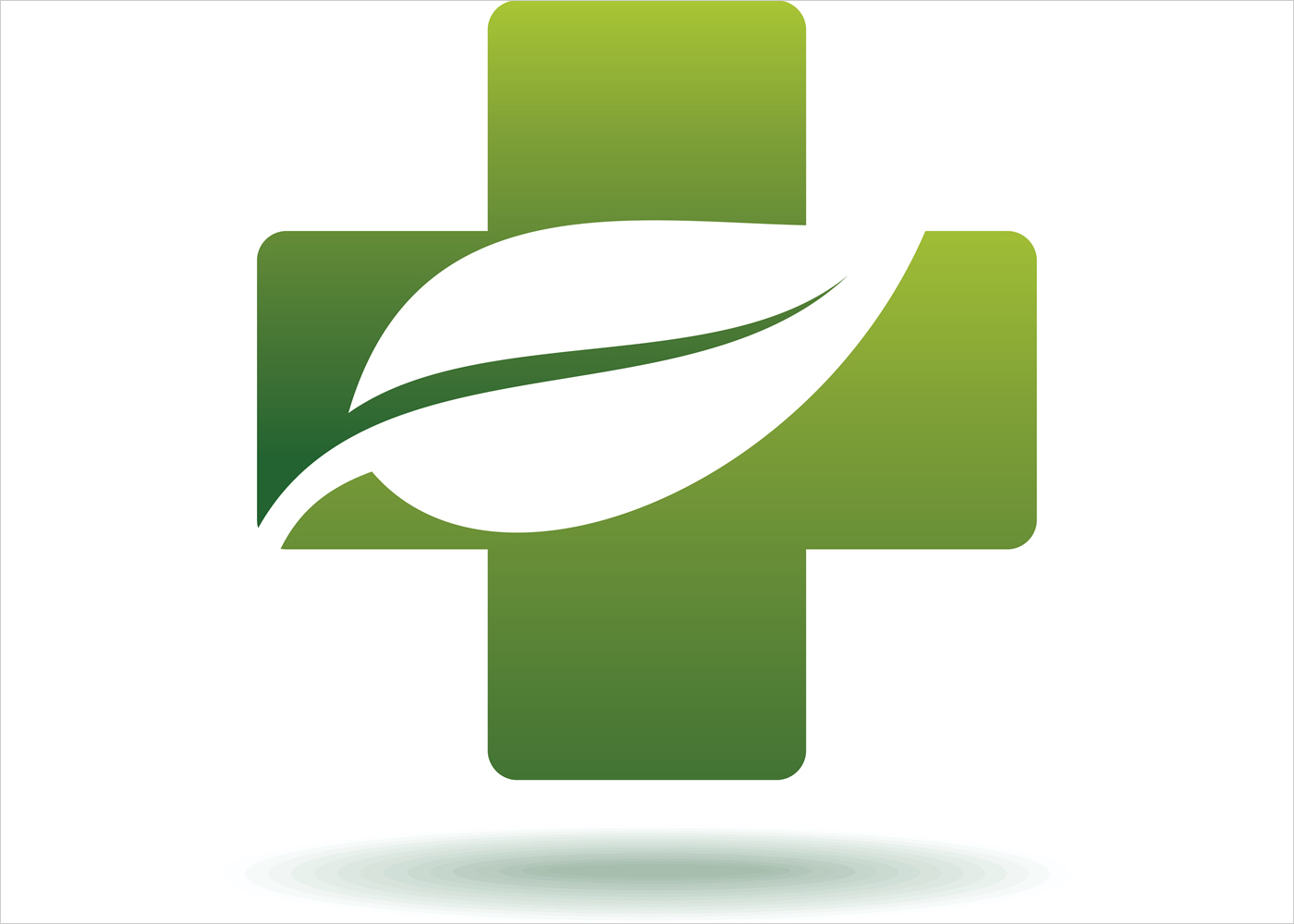Health and Safety Meets Risk Management
The tips below are proven strategies for avoiding common pitfalls of health and safety management. Please share strategies you've used successfully in the comments section.
Create a Strong Safety Culture to Protect People and Profits
Workers' compensation claims and health and safety violations can take a large chunk out of a company's profits. According to OSHA, “nearly 4 million workers are seriously injured on the job each year.” This number translates into approximately $50 billion worth of annual claims and doesn't even factor in penalties, which can range up to $7,000 for each serious violation and up to $70,000 for each willful or repeated violation.
Today's progressive corporations are moving beyond attaining compliance and adopting a more holistic vision of creating a strong safety culture that not only protects its people, but also its profits. Awareness and visibility into operations must be raised to fully evaluate the impact of occupational injuries and illnesses. This enhanced, streamlined vision helps identify patterns to prevent future occurrences and also protects profitability.
Break Down Corporate Silos
While most organizations have a health and safety program, they are often managed at the business or site level. Moreover, the corporate functions of risk and health and safety are often siloed, creating inefficiencies and limiting the ability for companies to make decisions based on the complete informational picture. They are unarmed with adequate tools to correlate data and derive actionable insights; working across different, non-integrated systems; and are not effectively communicating with one another. In order for organizations to develop a strong health and safety culture, these functions must be connected.
In addition to functional alignment, companies can overcome this challenge by implementing an enterprise software system with the right analytics toolset to integrate data into a single platform. Unlike software systems of the past, these new technologies will not tax an organization's most limited resources - its people and IT infrastructure. They integrate with an organization's existing internal and external systems to deliver powerful data-driven dashboards, alerts and insights to help minimize financial risk exposure, while preventing future incidents.
Leverage Tools that Provide Information Anytime, Anywhere
With the advent of the cloud, real-time data has been made more accessible than ever before. Employers are looking for technology to support its business decisions and provide actionable insights. Additionally, there is more pressure on today's business leaders to publish their company's health and safety metrics to investors, suppliers and regulators. However, with organizations still heavily relying on spreadsheets or disparate data sources for information that is not delivered in real-time, there are issues of inaccuracy and timeliness.
Leveraging today's cloud-based systems, data can be accessed virtually anywhere with mobility features. Now, data input and audits can be conducted remotely from individual smartphones and tablets, allowing for a quick and easy exchange of critical information. By adopting one centralized, cloud-based platform to streamline data and provide real-time visibility to key metrics, business leaders will have greater insight into operations to better manage risk - ultimately creating a strong safety culture and improving their bottom lines.
Convert from a Reactive to a Proactive Mentality
Oftentimes, when companies look to strengthen health and safety programs, they are addressing a particular problem or trying to achieve compliance. However, to truly advance along the health and safety continuum, it is important to harness the power of big data.
Organizations need to move beyond just capturing and reporting data, but rather convert the information into actionable insights that will help mitigate risk, drive efficiencies and achieve safety excellence. For example, an Occupational Injury and Illness study conducted in 2013 by the U.S. Bureau of Labor Statistics, revealed that musculoskeletal disorders account for 33 percent of all workplace injuries that result in lost workdays. By assessing the types and frequencies of injuries common to its business environments, organizations can then implement ergonomics programs that will introduce modifications to correct underlying processes over time.
For more insights on mitigating EHS risk, join ProcessMAP and USG Corp. on Thursday, June 9 from 1:00PM - 2:00 p.m. EST for the NAEM webinar on, "Closing the Gap between Health & Safety and Risk Management."
About the Author
Dave Rath
Dave Rath is CEO of Process Map Corp, and an EHS professional with more than 20 years of experience in the field. His experience includes work for regulatory agencies, as well as EHS management consulting and EHS information management solutions. You can follow him on Twitter @Dave_Rath.

